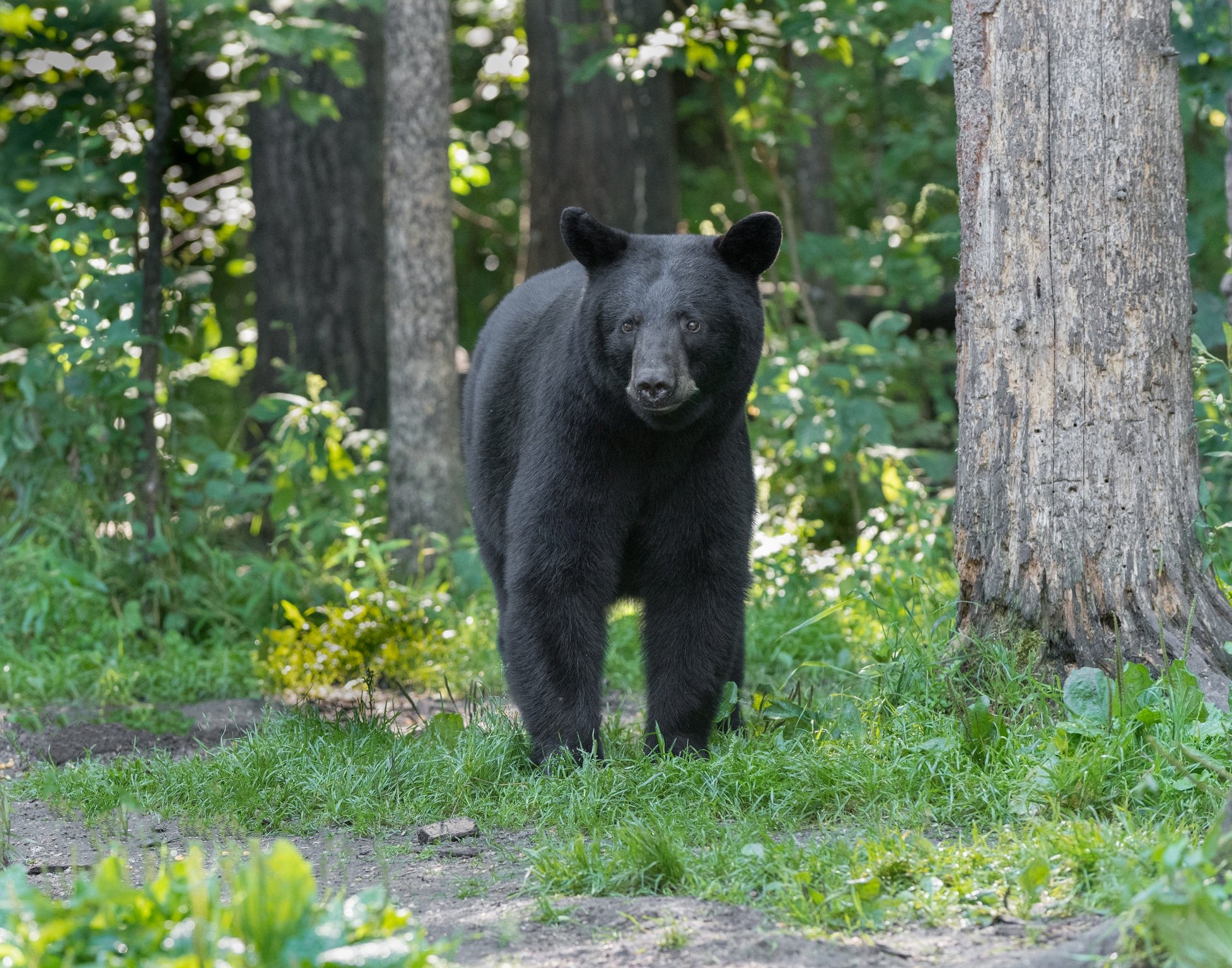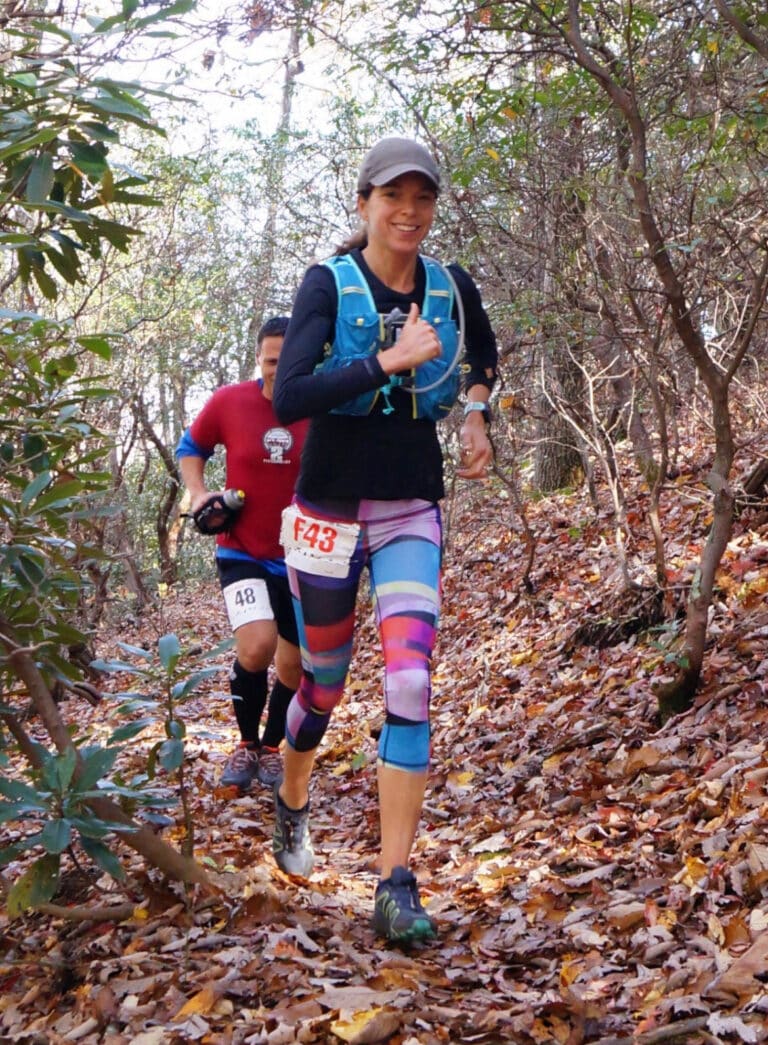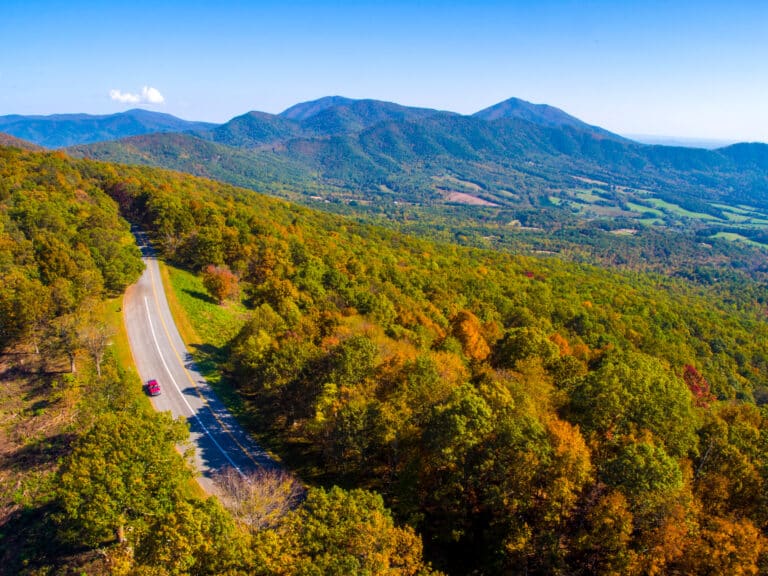The National Park Service has issued a warning about increased bear activity in many of the Blue Ridge region’s forests.
Recent reports have come in from North Carolina’s Nantahala and Pisgah National Forests, and over Memorial Day weekend a ranger in Great Smoky Mountains National Park discovered video of a park visitor feeding peanut butter to a bear. The bear was tranquilized and released in the same general area around Cades Cove. While dangerous for humans, feeding bears also puts the animals in danger of becoming food conditioned, which ultimately leads to more interactions with humans and bruins being euthanized.
Camping is currently prohibited in sections of Pisgah National Forest from AT MM 245 (Grassy Fork Rd.) to MM 253 (Max Patch Rd.).
Also, multiple bear encounters have also been reported in the following areas:
- Between Carter Gap Shelter, Mile Marker 92.5, and Betty Creek Gap, Mile Marker 96, Nantahala National Forest in the Southern Nantahala Wilderness
- Between Wildcat Top, Mile Marker 246 and Groundhog Creek Shelter, Mile Marker 248, Pisgah National Forest on Snowbird Mountain.
An interactive trail map with mile markers can be found here: https://appalachiantrail.org/…/hike…/interactive-map/.
And here are some bear safety tips from BearWise:
Stay Alert and Stay Together
There is strength in numbers on the trail as there has never been a fatal bear attack on a group of 4 or more people. Don’t wear ear buds and don’t be afraid to give a periodic shout or whoop if hiking solo. It’s actually quite liberating and is a nice way to avoid bear interactions all together.
Leave No Trash or Food Scraps
Double-bag your food while hiking and pack out all trash. Don’t burn food scraps or trash in your fire ring, as it helps teach bears to associate trash/food with campsites and trails.
Keep Dogs Leashed
This is good for both Fido and Smoky (You know, the bear) Barking and unleashed dogs can cause a bear to defend itself which is bad news for everyone.
Camp Safely
Avoid placing toiletries, clothes worn while cooking, or food in or around your tent, and make sure your camp is set up away from dense cover. Store smelly items in a bear canister or in a locked vehicle out of site. A bear bag suspended at least 10 feet up and 10 feet away from a tree is a great substitute for a Bear Canister. Cook meals at least 100 yards from where you will be sleeping.
Know What to Do When You See a Bear
If you see a black bear before they see you, stand your ground and slowly back away. If you encounter a bear that sees you, don’t run, rather walk away slowly. Black bears are seldom aggressive and attacks are rare, but if attacked use all resources available to defend yourself. Personally I like to hike with trekking poles to create a first line of defense (and save those knees!).
Carry Bear Spray and Know How to Use It
By far the most effective method for deterring bears; just don’t use it like bug spray and coat your tent or clothing.








